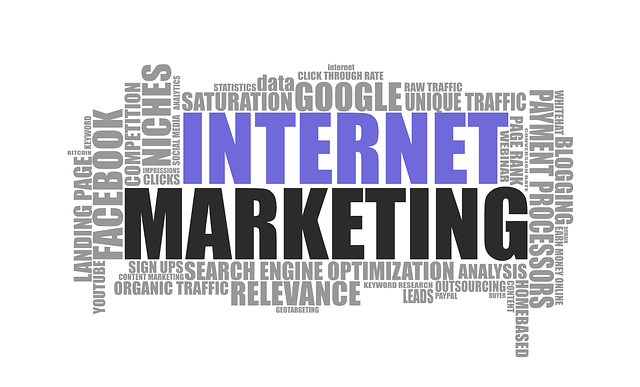Peak hour traffic congestion and safety issues in urban areas are being addressed with Artificial Intelligence (AI) and advanced camera analysis techniques. AI algorithms process real-time visual data from cameras and sensors to predict traffic patterns, identify congestion hotspots, and provide dynamic strategies like optimized signal timings and route suggestions. One notable application is AI posture correction, where cameras monitor driver positioning and provide real-time feedback for on-the-go corrections, enhancing road safety and overall traffic efficiency during peak periods. This revolutionary approach using AI posture correction via camera analysis improves urban mobility by managing congestion, boosting safety, and reducing stress for commuters.
In today’s bustling urban landscapes, managing peak hour traffic presents a constant challenge. Understanding these complex dynamics is crucial for ensuring safe and efficient mobility. This article explores cutting-edge solutions leveraging AI and camera analysis for real-time traffic management. We delve into how these tools predict congestion points, optimize flow, and even facilitate AI posture correction via camera analysis to enhance safety for all road users.
- Understanding Peak Hour Traffic Challenges
- AI and Camera Analysis for Real-Time Solutions
- Posture Correction: Enhancing Safety and Efficiency
Understanding Peak Hour Traffic Challenges

Peak hours present a unique set of challenges for traffic management, with roads often experiencing significant congestion and increased vehicle speeds. This period is characterized by a high volume of commuters, school transports, and goods vehicles all trying to navigate city networks simultaneously. The result is often gridlock, leading to longer travel times, higher fuel consumption, and reduced road safety. Traditional methods struggle to keep up with the dynamic nature of peak-hour traffic, making efficient management a complex task.
Artificial Intelligence (AI) offers a promising solution to these challenges, particularly through advanced camera analysis techniques. AI algorithms can process vast amounts of visual data in real-time, providing insights into traffic flow patterns and enabling more effective decision-making. For instance, AI can detect and track vehicles, analyze congestion hotspots, and even predict potential issues before they occur. This enables transportation authorities to implement dynamic traffic management strategies, including optimized signal timings and route suggestions, ensuring a better postural correction for both drivers and the city’s overall mobility.
AI and Camera Analysis for Real-Time Solutions

Advanced technologies like AI and camera analysis are transforming peak hour traffic management. By leveraging machine learning algorithms, these systems can process vast amounts of real-time data from cameras and sensors to predict traffic patterns and congestion hotspots. This enables transportation authorities to make dynamic adjustments, such as adjusting signal timings and routing recommendations, ensuring smoother flows during busy periods.
One innovative application is AI posture correction via camera analysis. Cameras equipped with AI capabilities can monitor vehicle positioning and identify issues like incorrect lane alignment or unsafe following distances. Real-time feedback can then be provided to drivers, helping them correct their behavior on the go. This not only enhances road safety but also contributes to overall traffic efficiency, making peak hour commutes less stressful for everyone.
Posture Correction: Enhancing Safety and Efficiency

In today’s digital era, innovative tools are transforming urban mobility, and one such game-changer is AI posture correction via camera analysis during peak hours. By employing advanced computer vision algorithms, predictive traffic management systems can now not only anticipate congestion but also actively contribute to enhancing road safety and efficiency. This technology encourages drivers to maintain correct driving postures by providing real-time visual feedback, reducing the risk of accidents caused by fatigue or distracted driving.
For instance, cameras equipped with AI can detect poor driving habits like slouching or extended neck positions, indicative of driver discomfort or potential distraction. Instantly, a simple graphic interface on the driver’s dashboard or smartphone app can guide them towards correct posture, ensuring optimal visibility and control over the vehicle. This proactive approach to driver guidance not only improves road safety but also contributes to a smoother flow of traffic during peak congestion periods.
Predictive tools, leveraging AI and camera analysis, are transforming how we manage peak hour traffic. By providing real-time solutions, these technologies not only enhance efficiency but also prioritize safety through advanced AI posture correction via camera analysis. As we navigate the future of urban mobility, these innovations will be crucial in optimizing our transportation systems and improving the overall quality of life for folks living in bustling metropolises.
